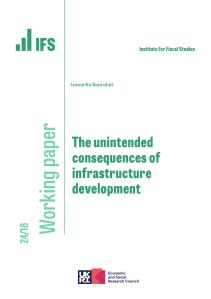The EMA(T) Pilots were introduced in September 2000 and aimed to encourage young people from low income households to remain in post-16 education, by assisting with the costs of travel to and from an education provider.
The original intention was that two models of EMA(T) should be piloted for young people who were in full-time post-16 education and whose parents' income was ó0,000 or less per annum. The Ѱure' model would provide the young person with free travel to and from school or college plus termly retention and end of course achievement bonuses for those young people who met the provisions of their Learning Agreement. The Ѩybrid' model would give the young person a weekly payment tapered according to parental income, (but smaller at a maximum than in the main EMA pilot areas), as well as subsidised travel. Each model was to be piloted in rural and urban Local Education Authorities (LEAs).
However, prior to the introduction of the scheme, the five LEAs involved agreed with the DfES a number of variations on the basic model of EMA(T) that they were to implement so that, in effect, five different variants of EMA(T) were piloted. A large part of this variation resulted from differences in the extent and nature of post-16 transport provision and other post-16 support that was available in each area prior to the introduction of the EMA(T) pilot scheme. As a result, it was argued that most young people would have noticed very little difference in the level of transport support before and after the introduction of EMA(T).









